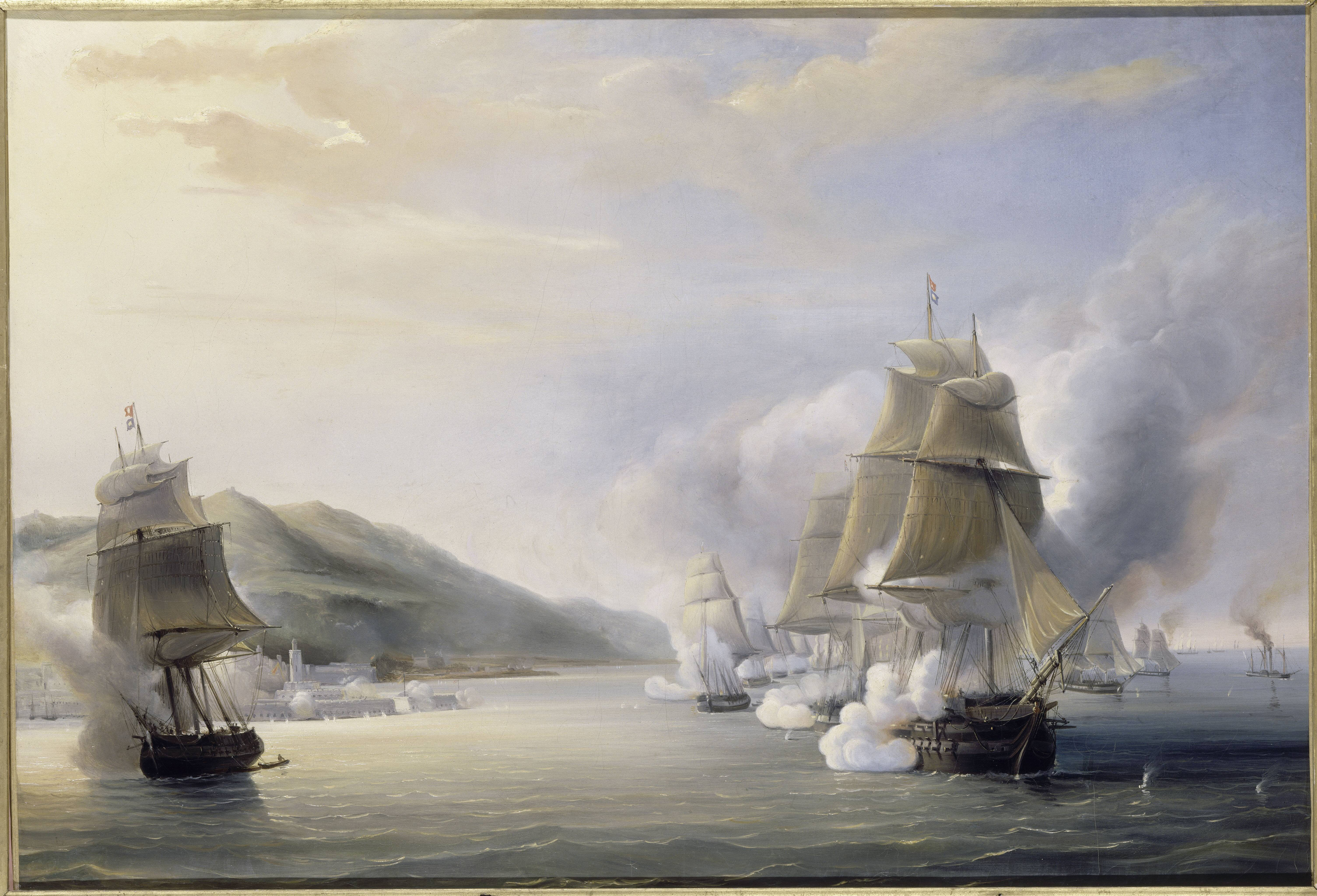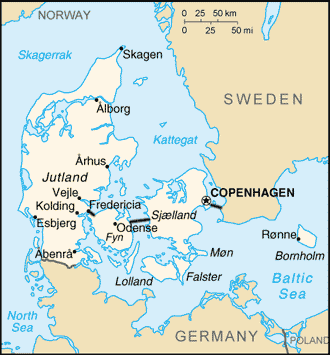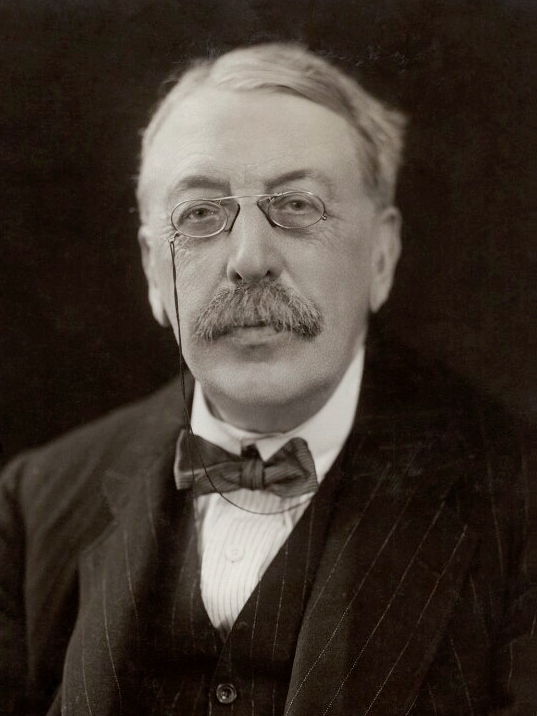|
HMS Superb (1798)
HMS ''Superb'' was a 74-gun third-rate ship of the line of the Royal Navy, and the fourth vessel to bear the name. She was launched on 19 March 1798 from Northfleet, and was eventually broken up in 1826. ''Superb'' is mostly associated with Richard Goodwin Keats who commanded her as captain from 1801 until his promotion in 1806. Keats famously spent only one night (in Algiers) out of the ship during four and a half years out of a home port. She also served as his flagship from early 1808 until she was paid off in 1809. Keats's captains orders for the ship were comprehensive and used by the fledgling US navy, being found on USS Philadelphia in 1803 and the USS President a decade later. Battle of Algeciras Bay In July 1801 the ''Superb'' was stationed off Cadiz and took part in the second Battle of Algeciras Bay. During the French and Spanish retreat Admiral Sir James Saumarez hailed the ''Superb'' and ordered Keats to catch the allied fleet's rear and engage. The ''Superb'' w ... [...More Info...] [...Related Items...] OR: [Wikipedia] [Google] [Baidu] |
Antoine Léon Morel-Fatio
Antoine Léon Morel, later Morel-Fatio (1810–1871) was a French naval painter, Peintre officiel de la Marine, curator of the naval and ethnographic museum of the Louvre, and mayor of the 20th arrondissement of Paris. He added Fatio in 1844 to distinguish himself from a businessman of the same name. It was apparently in reference to a Swiss branch of the family. Biography When he still very young his father, Étienne-Louis Morel, moved the family to Paris to open a bank. He was enrolled at the prestigious Lycée Louis-le-Grand, but he was dismissed for lack of discipline in 1824. He finished his studies at the Lycée Condorcet (then known as the Collège Royal de Bourbon). In 1827, he enlisted as a pilot on a British merchant ship to learn navigation. Upon his return he began work at the family bank, but spent much of his time decorating the account books with ornamentation. His family then placed him with the banking firm of , but he soon renounced the profession. His arti ... [...More Info...] [...Related Items...] OR: [Wikipedia] [Google] [Baidu] |
Wareham, Massachusetts
Wareham ( ) is a town in Plymouth County, Massachusetts, United States. As of the 2020 census, the town had a population of 23,303. History Wareham was first settled in 1678 by Europeans as part of the towns of Plymouth, Massachusetts, Plymouth and Rochester, Massachusetts, Rochester. It was officially incorporated in 1739 and named after the town of Wareham, Dorset, Wareham in England. Because of its geography, Wareham's early industry revolved around shipbuilding and the related industries. It also served as a resort town, with many smaller resorts scattered around the town, especially in Onset. Like Sandwich, Massachusetts, Sandwich, its waterways, especially Buttermilk Bay, were considered as possible pathways for the Cape Cod Canal. Although the canal proper goes through Bourne, Massachusetts, Bourne and Sandwich, the southern approach to Buzzards Bay, Massachusetts, Buzzards Bay passes just south of the peninsulas that make up the topography of the town. Wareham is home ... [...More Info...] [...Related Items...] OR: [Wikipedia] [Google] [Baidu] |
Alexander Cochrane
Admiral of the Blue Sir Alexander Inglis Cochrane (born Alexander Forrester Cochrane; 23 April 1758 – 26 January 1832) was a senior Royal Navy commander during the Napoleonic Wars and achieved the rank of admiral. He had previously captained HMS ''Ajax'' in Alexandria, Egypt during the Egyptian operation of 1801. Cochrane was knighted into the Order of the Bath for his services in 1806. In 1814 he became vice admiral and commander-in-chief of the North American Station, led the naval forces during the attacks on Washington and New Orleans, and was promoted to admiral in 1819 and became commander-in-chief of the Plymouth naval base. Naval career Alexander Inglis Cochrane was a younger son of the Scottish peer Thomas Cochrane, the eighth Earl of Dundonald, and his second wife, Jane Stuart. He joined the Royal Navy as a boy and served with British naval forces in North America. He served during the American War of Independence. Cochrane also participated in the Egyptian ... [...More Info...] [...Related Items...] OR: [Wikipedia] [Google] [Baidu] |
North America
North America is a continent in the Northern Hemisphere and almost entirely within the Western Hemisphere. It is bordered to the north by the Arctic Ocean, to the east by the Atlantic Ocean, to the southeast by South America and the Caribbean Sea, and to the west and south by the Pacific Ocean. Because it is on the North American Plate, North American Tectonic Plate, Greenland is included as a part of North America geographically. North America covers an area of about , about 16.5% of Earth's land area and about 4.8% of its total surface. North America is the third-largest continent by area, following Asia and Africa, and the list of continents and continental subregions by population, fourth by population after Asia, Africa, and Europe. In 2013, its population was estimated at nearly 579 million people in List of sovereign states and dependent territories in North America, 23 independent states, or about 7.5% of the world's population. In Americas (terminology)#Human ge ... [...More Info...] [...Related Items...] OR: [Wikipedia] [Google] [Baidu] |
Bideford
Bideford ( ) is a historic port town on the estuary of the River Torridge in north Devon, south-west England. It is the main town of the Torridge local government district. Toponymy In ancient records Bideford is recorded as ''Bedeford'', ''Byddyfrod'', ''Bedyford'', ''Bydeford'', ''Bytheford'' and ''Biddeford''. The etymology of the name means "by the ford", and records show that before there was a bridge there was a ford at Bideford where River Torridge is estuarine, and at low tide, it is possible, but not advisable, to cross the river by wading on foot. The Welsh means "this is the way" or "this is the road" owing to the Celtic legacy of the Dumnonians and their common ancestry with the Welsh. History Early history Hubba the Dane was said to have attacked Devon in the area around Bideford near Northam or near Kenwith Castle, and was repelled by either Alfred the Great (849–899) or by the Saxon Earl of Devon. The manor of Bideford was recorded in the Domesday Book ... [...More Info...] [...Related Items...] OR: [Wikipedia] [Google] [Baidu] |
Bay Of Biscay
The Bay of Biscay (), known in Spain as the Gulf of Biscay ( es, Golfo de Vizcaya, eu, Bizkaiko Golkoa), and in France and some border regions as the Gulf of Gascony (french: Golfe de Gascogne, oc, Golf de Gasconha, br, Pleg-mor Gwaskogn), is a gulf of the northeast Atlantic Ocean located south of the Celtic Sea. It lies along the western coast of France from Point Penmarc'h to the Spanish border, and the northern coast of Spain west to Cape Ortegal. The south area of the Bay of Biscay that washes over the northern coast of Spain is known locally as the Cantabrian Sea. The average depth is and the greatest depth is . Name The Bay of Biscay is named (for English speakers) after Biscay on the northern Spanish coast, probably standing for the western Basque districts (''Biscay'' up to the early 19th century). Its name in other languages is: * ast, Mar Cantábricu * eu, Bizkaiko golkoa * br, pleg-mor Gwaskogn * french: golfe de Gascogne (named after Gascony, France) * gl, ... [...More Info...] [...Related Items...] OR: [Wikipedia] [Google] [Baidu] |
Charles Paget (Royal Navy Officer)
Vice-Admiral Sir Charles Paget GCH (7 October 1778 – 27 January 1839) was a British sailor who also became a liberal politician and Member of Parliament. Naval career Vice-Admiral Sir Charles Paget (1778–1839) was the son of Henry Bayly Paget, 1st Earl of Uxbridge, and Jane Champagné, and was brother to Henry Paget, 1st Marquess of Anglesey. He joined the Royal Navy in 1790, and by 1797 he was captain of HMS ''Martin'', a sloop of war serving at the Battle of Camperdown.The Gentleman's Magazine 1839, p 657-8, accessed 28 October 2007 In 1798 Paget became post-captain of HMS ''Brilliant'', a small |
Evacuation Of La Romana's Division
The evacuation of La Romana's division in August 1808 was a military operation in which a division of troops belonging to the Kingdom of Spain and commanded by Pedro Caro, Marquis of La Romana defected from the armies of the First French Empire. The Spanish troops were part of the Imperial forces in Denmark, which were under the leadership of Marshal Jean-Baptiste Bernadotte. Most of the Spanish troops were successfully spirited away by the British navy and shipped to Santander, Spain to fight against France in the Peninsular War. In 1807, the Spanish Division of the North was sent to northern Europe to participate in the planned Franco-Danish invasion of Sweden. Formerly loyal to the alliance with Imperial France, the Spanish officers and men found in 1808 that Emperor Napoleon I of France had overthrown King Charles IV of Spain and Prince Ferdinand and placed his brother Joseph Bonaparte on the Spanish throne. The British sent an agent to contact La Romana and found ... [...More Info...] [...Related Items...] OR: [Wikipedia] [Google] [Baidu] |
John Thomas Duckworth
Sir John Thomas Duckworth, 1st Baronet, GCB (9 February 174831 August 1817) was an officer of the Royal Navy, serving during the Seven Years' War, the American War of Independence, the French Revolutionary and Napoleonic wars, as the Governor of Newfoundland during the War of 1812, and a member of the British House of Commons during his semi-retirement. Duckworth, a vicar's son, achieved much in a naval career that began at the age of 11. Serving with most of the great names of the Royal Navy during the later 18th and early 19th centuries, he fought almost all of Britain's enemies on the seas at one time or another, including a Dardanelles operation that would be remembered a century later during the First World War. He was in command at the Battle of San Domingo, the last great fleet action of the Napoleonic Wars. Early life Born in Leatherhead, Surrey, England, Duckworth was one of five sons of Sarah Johnson and the vicar Henry Duckworth A.M. of Stoke Poges, County of Buc ... [...More Info...] [...Related Items...] OR: [Wikipedia] [Google] [Baidu] |
Songs Of The Sea (Stanford)
''Songs of the Sea'' is a cycle of five songs for baritone, male voice chorus, and orchestra, to poems by Henry Newbolt. It was composed by Charles Villiers Stanford, was premiered at the 1904 Leeds Festival, and was published as his Op. 91. ''Songs of the Fleet'' is a companion cycle of five songs for baritone, mixed chorus, and orchestra, also to poems by Newbolt. It was premiered at Leeds in 1910, and was published by Stanford as his Op. 117. Overview According to music critic Geoffrey Crankshaw: "Drake's Drum" may be the best known of the ten songs. It relates to the legend that Sir Francis Drake, naval hero under Elizabeth I of England, on his deathbed in the Spanish Main, asked that his drum be taken to England. He promised that should it be beaten in the hour of England's gravest need, he and his fleet would reappear in the English Channel to repel the invaders; as they did the Spanish Armada in 1588. It has been recorded by, among others, Peter Dawson, John Shirley- ... [...More Info...] [...Related Items...] OR: [Wikipedia] [Google] [Baidu] |
Charles Villiers Stanford
Sir Charles Villiers Stanford (30 September 1852 – 29 March 1924) was an Anglo-Irish composer, music teacher, and conductor of the late Romantic music, Romantic era. Born to a well-off and highly musical family in Dublin, Stanford was educated at the University of Cambridge before studying music in University of Music and Theatre Leipzig, Leipzig and Berlin. He was instrumental in raising the status of the Cambridge University Musical Society, attracting international stars to perform with it. While still an undergraduate, Stanford was appointed organist of Trinity College, Cambridge. In 1882, aged 29, he was one of the founding professors of the Royal College of Music, where he taught composition for the rest of his life. From 1887 he was also Professor of Music (Cambridge), Professor of Music at Cambridge. As a teacher, Stanford was sceptical about modernism, and based his instruction chiefly on classical principles as exemplified in the music of Johannes Brahms, Brahms ... [...More Info...] [...Related Items...] OR: [Wikipedia] [Google] [Baidu] |


.jpg)
.jpg)

.jpg)


